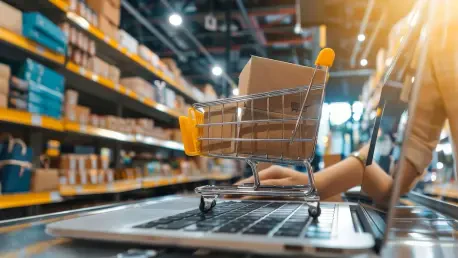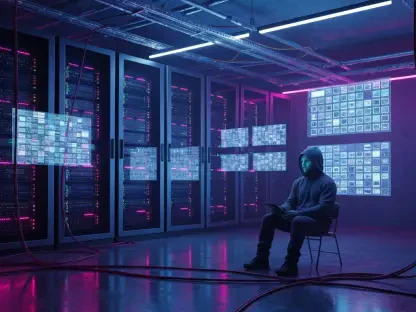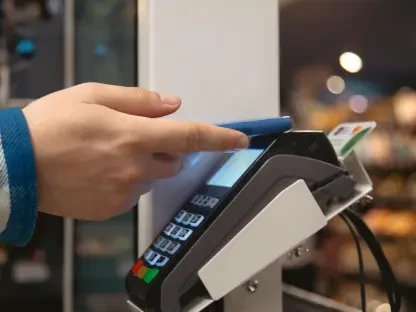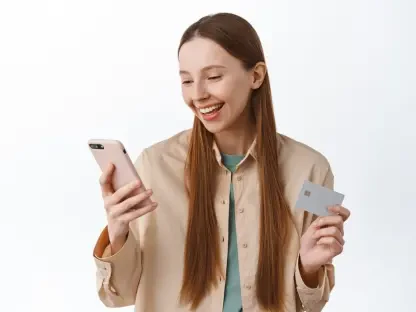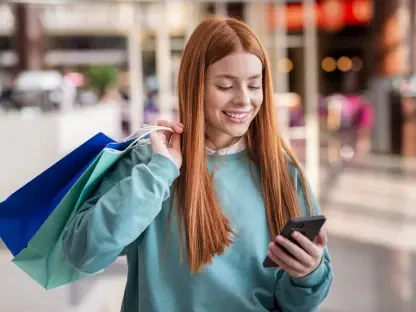As e-commerce continues to redefine the retail landscape, few companies are navigating this transformation with as much innovation as Kroger. Today, we’re thrilled to sit down with Zainab Hussain, an esteemed e-commerce strategist with deep expertise in customer engagement and operations management. With years of experience in the retail tech space, Zainab offers a unique perspective on how Kroger’s updated fulfillment plan is poised to reshape online grocery shopping. In this conversation, we’ll explore the strategic goals behind Kroger’s latest initiatives, the role of partnerships and technology in driving efficiency, and the broader implications for customer experience and profitability in the competitive e-commerce arena.
How would you describe the core focus of Kroger’s updated e-commerce fulfillment plan?
I’d say Kroger’s updated plan is all about streamlining operations while enhancing the customer journey. The main goal is to boost efficiency in order fulfillment, which they believe will drive an operating profit increase of around $400 million by 2026. It’s a bold target, but by focusing on a hybrid fulfillment model, they’re balancing speed, cost, and accessibility to make online shopping more seamless for their customers.
What specific improvements do you think this plan will bring to the customer experience?
Customers are at the heart of this strategy. With faster delivery options—sometimes as quick as 30 minutes—Kroger is addressing the demand for convenience. They’re also aiming to lower prices and improve store conditions, which should translate into a better overall shopping experience, whether online or in-store. It’s about meeting customers where they are with value and flexibility.
Can you elaborate on how Kroger is leveraging partnerships to enhance fulfillment efficiency?
Absolutely. Kroger is expanding ties with major delivery platforms like Instacart, DoorDash, and Uber Eats. These partnerships allow them to tap into established networks for rapid delivery, reaching new households that might not have shopped with Kroger before. It’s a smart way to scale without over-investing in their own logistics from scratch.
What does the concept of a ‘flexible, hybrid fulfillment network’ mean in this context?
It’s a blend of different fulfillment methods working together. Kroger is combining their physical store locations, third-party delivery services, and automated facilities to create a system that can adapt to demand. This hybrid approach means they can fulfill orders from the nearest store for speed or use high-capacity automation for larger volumes, ensuring they’re efficient no matter the order size or location.
How does Kroger’s approach to e-commerce stand out in a crowded market?
What sets Kroger apart is their integrated strategy. By leveraging store proximity for quick pickups, partnering with delivery giants, and investing in automation, they’ve built a versatile model that competitors might struggle to replicate. This mix gives them an edge in balancing speed with a wide product assortment, especially in fresh food, which customers value highly.
Why is the ability to deliver in as little as 30 minutes such a game-changer?
Speed is everything in today’s market. A 30-minute delivery window caters to last-minute needs—like forgetting an ingredient for dinner—and builds customer loyalty through sheer convenience. For Kroger, it also means more trips per customer, driving sales volume. It’s a win-win when executed well, as it meets a real consumer pain point while boosting revenue potential.
Can you tell us more about the expanded partnership with Instacart and the role of technology in it?
Sure, the recent expansion with Instacart includes integrating agentic artificial intelligence to optimize delivery processes. This tech can predict demand, streamline routing, and personalize shopping experiences on Kroger’s platform. Instacart remains their primary delivery partner, so this AI integration is a big step toward making online orders smarter and faster for users.
How does adding over 2,600 stores to DoorDash’s platform impact Kroger’s reach?
It’s a massive boost. By plugging into DoorDash’s network, Kroger instantly gains visibility among a broader audience, especially younger, tech-savvy consumers who rely on apps for quick grocery needs. With over 2,600 stores now accessible through DoorDash, they’re making it easier for new customers to try their service, which could significantly grow their market share.
What are your thoughts on Kroger’s decision to close fulfillment facilities in certain states?
It’s a tough but strategic move. After a thorough review, Kroger decided to close facilities in Florida, Maryland, and Wisconsin to optimize their network. The idea is to focus resources on high-performing locations and models that better align with demand. It’s about cutting inefficiencies to reinvest in areas like automation or partnerships that offer stronger returns.
Looking at Kroger’s recent performance, what’s behind their streak of double-digit e-commerce sales growth?
Kroger has reported five straight quarters of double-digit growth in e-commerce sales, which is impressive. A lot of this comes down to their focus on convenience—faster delivery, wider selection, and flexible shopping options. Plus, their investments in digital infrastructure and partnerships have paid off by attracting more online shoppers and improving profitability in this channel.
What is your forecast for the future of online grocery fulfillment based on Kroger’s current trajectory?
I’m optimistic about where this is headed. If Kroger continues to refine their hybrid model and deepen tech-driven partnerships, they could set a new standard for online grocery shopping. I foresee a future where ultra-fast delivery becomes the norm, and automation plays an even bigger role in keeping costs down while scaling operations. The challenge will be staying ahead of competitors, but their current path shows they’re serious about leading the pack.
